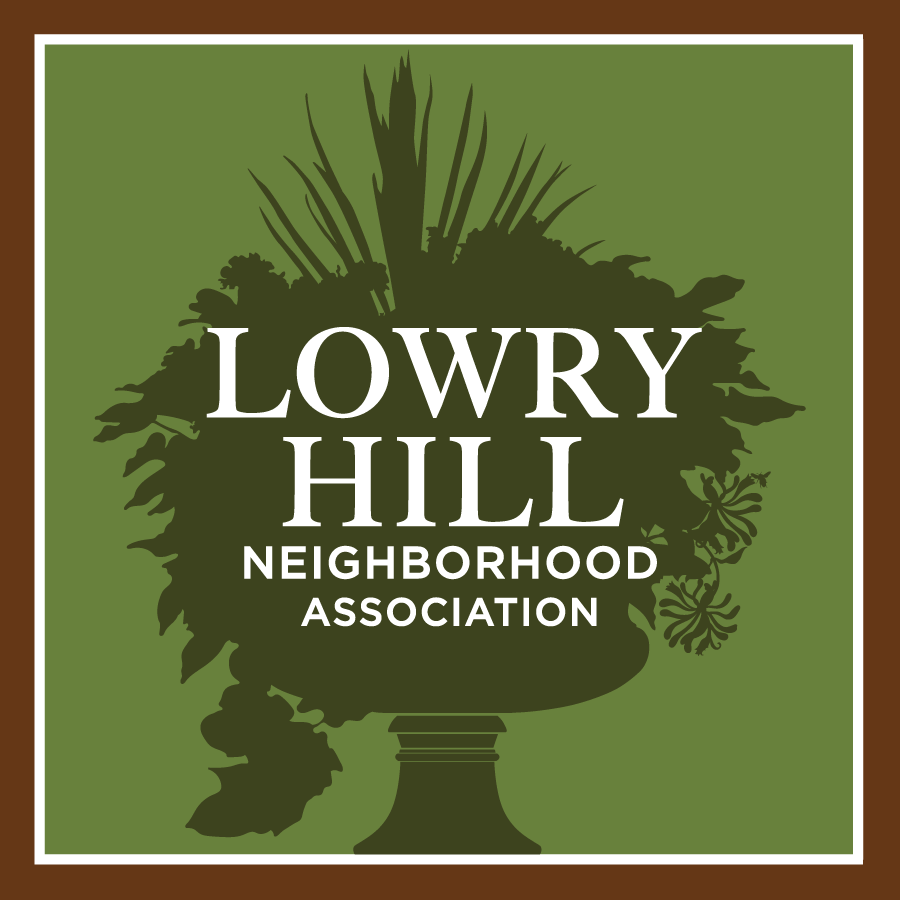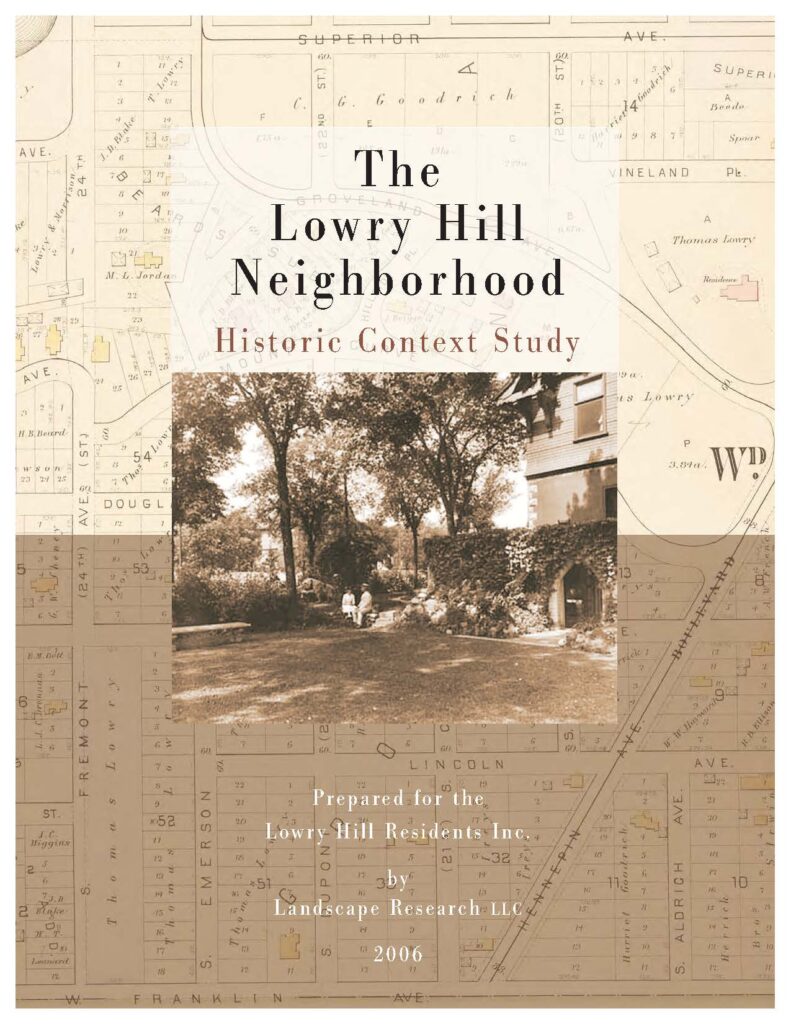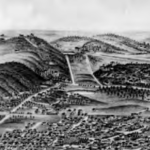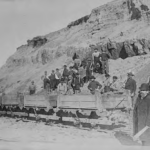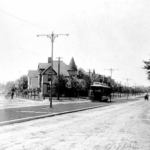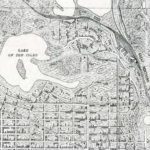History & Character
Find Out More About Your Historical Home
Lowry Hill Historic Context Study
The historic contexts examine the components of neighborhood development that created the architectural and landscape framework of today’s neighborhood. The focus is residential development, especially between ca. 1874 and 1930, with separate sections on apartment building construction and commercial and institutional development. Another chapter provides short biographies of many of the area’s leading architects.
The Story Of Lowry Hill
"New York has her Fifth Avenue...but Minneapolis has her...Kenwood and Lowry Hill..." - Art Glimpses of Minneapolis: The City of Homes (1898). Back in the 1850's, Lowry Hill was described as a "dark, mountainous and swampy forest."
Early residents were small subsistence farmers, and the area we now call Lowry Hill was actually outside of the city of Minneapolis. But when Thomas Lowry arrived in 1867, he platted the first 220 acres (Groveland addition) and Lowry Hill was born! In the 1890s, the extension of the electric streetcar along Hennepin Avenue and westward along Douglas Avenue led to a real estate boom in Lowry Hill.
The characteristic Lowry Hill streetscape of broad lawns, boulevard shade trees and well-spaced houses was all taking shape by 1900. The standard was, and still is, a spacious two-and one-half story house with generous porches and exterior detail.
By 1906, lots on Mount Curve Avenue, Groveland Terrace and nearby blocks were the sites of some of the costliest houses in Minneapolis. After 1910, apartment buildings were built along Hennepin and Franklin Avenues.
Lowry Hill residents purchased the 2.32 acre property now known as Thomas Lowry Park to prevent its development.
In the 1930s, the pattern of razing the oldest and largest houses or dividing them into rooming houses, established along Hennepin Avenue. In 1946 residents concerned about the deterioration of homes founded Lowry Hill Home Owners Inc. of which the Lowry Hill Neighborhood Association (LHNA) is an outgrowth.
Source: The Lowry Hill Neighborhood Historical Context Study, by Landscape Research LLC, 2006.
